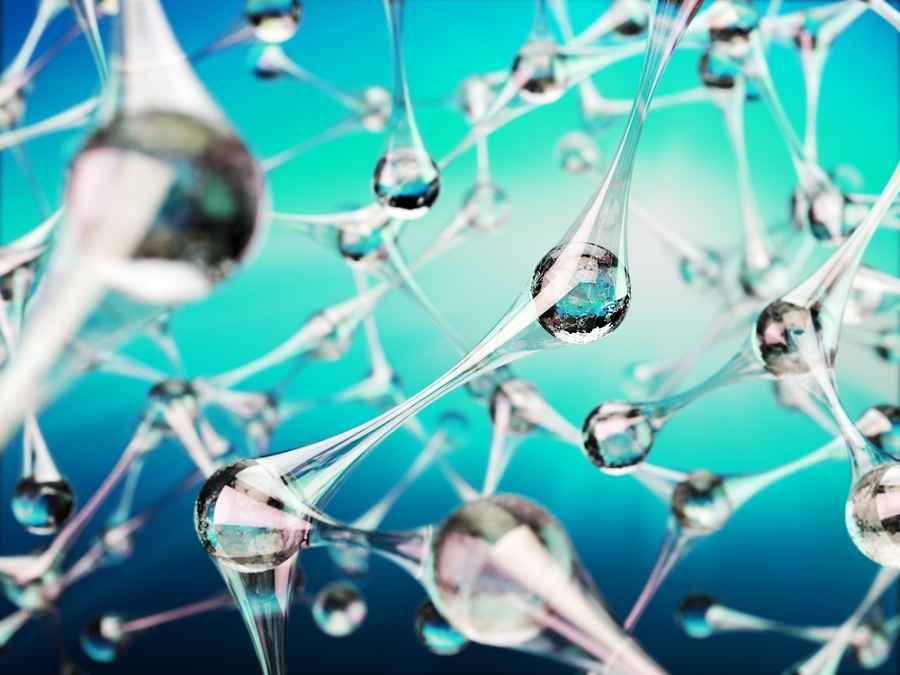Jul 20 2016
A versatile, new method of using laser-induced design to synthesize silver-based hybrid nano-particles has been developed by scientists in China. The research illustrates that the nano-composite has the potential to be an efficient adsorbent for affordable water purification and dye removal.
 Image Credit: cybrain | Shutterstock.com
Image Credit: cybrain | Shutterstock.com
Pigments and dyes and other organic compounds in wastewaters, like industrial effluents, can have highly dangerous effects on humans and aquatic beings due to their toxic nature. Studies show that organic contaminants emitted from cosmetics, pharmaceuticals, textile production and electroplating have been the reason for increased morbidity levels in liver, bladder and kidney cancers.
The tradition wastewater treatment methods - chemical and biological - do not work well in removing organic contaminants. Methyl orange and methyl blue, are especially stable to heat, light and oxidizing agents and prove to be a challenge when it comes to removing them. Though researchers have come up with new techniques for dye removal in the recent years, these techniques require an adsorbent purification procedure, a complicated process that is unsuitable for normal water treatment, to be conducted after the water treatment.
Scientists at the Shandong University, China, have developed a new dye absorbent using laser-induced fabrication technique. The technique has been named hybrid nano-particles of silver and silver sulfide, Ag2S@Ag hybrid nano-particles. The team has shown that the nanomaterial is a highly effective adsorbent that can remove methyl orange and methyl blue in wastewater.
The nanoparticles will adsorb the dyes and settle down in a mass at the bottom. This simple and quick method is both green and affordable when it comes to water purification. The details of the research have been reported in The Optical Society’s (OSA) journal Optical Materials Express.
Without using any expensive chemical reagents or facilities, the laser-induced fabrication method is a low-cost, rapid, simple and versatile route for fabricating Ag2S@Ag hybrid nano-crystals. After adsorbing dyes such as methyl blue and methyl orange, the agglomerated and deposited adsorbents can be easily removed from solutions by filters, which are very beneficial to the practical wastewater treatment plants.
Ming Chen, Associate Professor, Shandong University
Using the method of laser ablation, which is used for removing materials from liquid and solid surfaces by using a laser beam to irradiate them, the team created the silver-based hybrid nano-crystals in liquid. In order to fabricate silver sulfide, researchers placed a polished silver metal at the bottom of thioacetamide solution-filled glass dish that is rotating. The thioacetamide solution acts as a sulfur source that is necessary for the fabrication. A laser beam is then focused on the surface of the silver until the silver boils and vaporizes. The vaporization leads to explosion of silver plasma on the irradiated point, with temperature as high as almost thousands of Celsius. During the quick condensation of the silver plasma, the beginning stages of the silver-sulfide nucleation or the crystal formation happens. This is however, immediately terminated, within microseconds, because of the expansion of silver vapor and ceasing of the laser pulse.
During the fabrication of Ag2S@Ag nanoparticles, the non-equilibrium condition created by subsequent laser ablation leads to various defects, resulting in the presence of abundant disorderly-arranged silver species on the surface of silver sulfide nano-particles and forming a silver shell. After laser fabrication, the rapid quenching process enhanced the disorder degree of silver species, making more and more silver atoms at a highly excited state.
Ming Chen, Associate Professor, Shandong University
During the initial studies the scientists found that Ag2S@Ag nanoparticles can influence the electron distribution of the silver species that are highly exited. The influence can lead to the silver species that have positive charges in place of dye adsorption spots or “polarized” silver species. Dye molecules such as methyl orange and methyl blue have operating groups that are negatively charged. Powerful electrostatic force between the negative and positive charges will lead to a high amount of dye molecules getting attached to the enhanced adsorption spots on the surface of the hybrid material. Thus the material can be a highly effective adsorbent.
Our experimental results showed that over 99 percent methyl blue molecules in wastewater were adsorbed by Ag2S@Ag nano-material in five minutes. The ultraviolet-visible absorption spectra of the solution also clearly showed that after adsorbing the dye molecules, the Ag2S@Ag nano-material became agglomerated together into numerous large sized clusters, then deposited on the bottom of the solution. Meanwhile, the aggregation and deposition lead a significant change in the solution color from blue to colorless.
Ming Chen, Associate Professor, Shandong University
Chen evaluated that more than 99% of the Ag2S@Ag nano-material can be removed by filtering the wastewater after the methyl adsorption process.
“Compared with conventional adsorbent purification processes, such as centrifugal process or using external magnetic fields, which are complicated and not suitable for practical water treatment, the filter process is simple, rapid and cost-efficient,” Chen said. “Our novel method skips adsorbent purification process, which promotes the application of Ag2S@Ag nano-particles as advanced adsorbent materials for practical wastewater treatment in future.”
The process of desorbing the dye molecules from the agglomerated adsorbents cannot be done through a simple heat treatment. The scientists are going to focus on exploring desorption methods to remove the dye molecules from Ag2S@Ag adsorbents in order to make recycling of materials possible in the years to come.
The research has been supported by the Fundamental Research Funds of
Shandong University under Grant No.2015JC007, and the Natural Science Foundation of China under Grant No., 11105085, 11575102, 11375108 and 11275116.